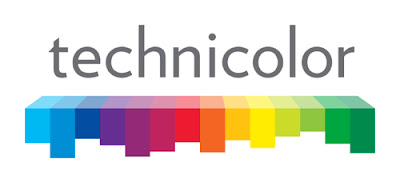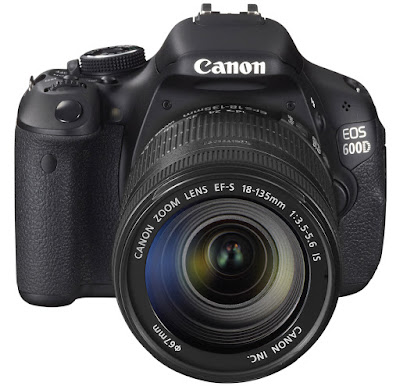Well, in my 'spare' time I'm continuing to find my way around Cinema 4D. Keen readers will remember I bought the full 'Studio' edition earlier in the year and that I recently upgraded to the latest r16 version too.
As for the subject matter: I was playing around with this Digitoids concept a few years back, possibly as a stop motion / After Effects hybrid, but I'm now trying out this CGI / After Effects technique instead.
Just to try something new, I decided I would post updates of this project from time to time as I go along. So once evry few days I am replacing the file on Vimeo to show a continually evolving 'Work in Progress.' For anyone that wants to see how the work is progressing, click by here again soon and hopefully you will see the clip move on a little.












